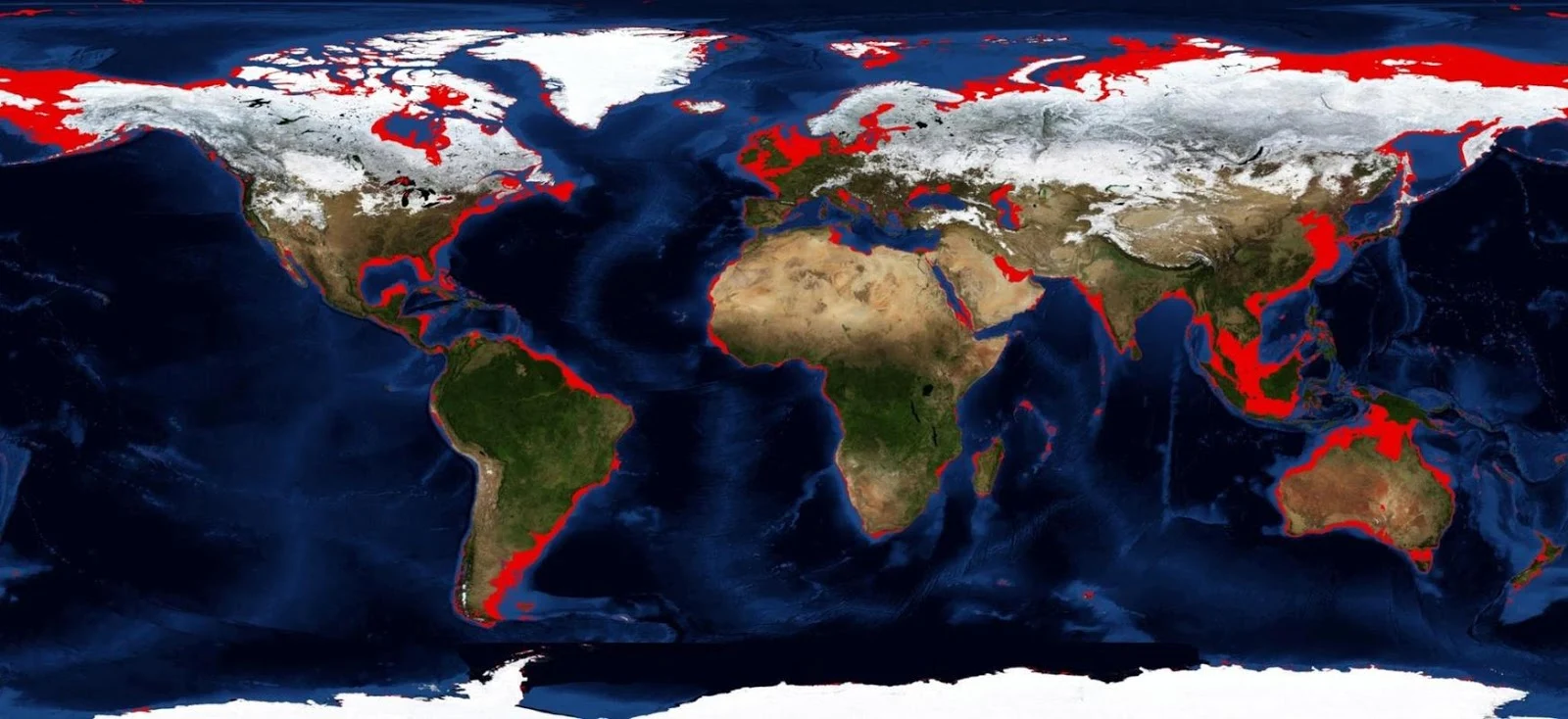Much of the world was cold and dry during the Last Ice Age. The average global temperature around 21,000 years ago was about 6 °C (11 °F) colder than today.
The massive ice sheets locked away water, decreasing the sea level, revealing continental shelves, joining land masses together, and creating vast coastal plains. Bering Land Bridge connected vast expanses of Siberia and Alaska. During the last glacial maximum, 21,000 years ago, the sea level was about 125 meters or 410 feet lower than it is nowadays. Glaciers cover about 8% of Earth's surface, 25% of our planet's land area, and 33% of Alaska.
For comparison, today, glaciers cover approximately: 3% of Earth's surface, 11% of Earth's land area, and 5% of Alaska.

This post may contain affiliate links. As an Amazon Associate, I earn from qualifying purchases.